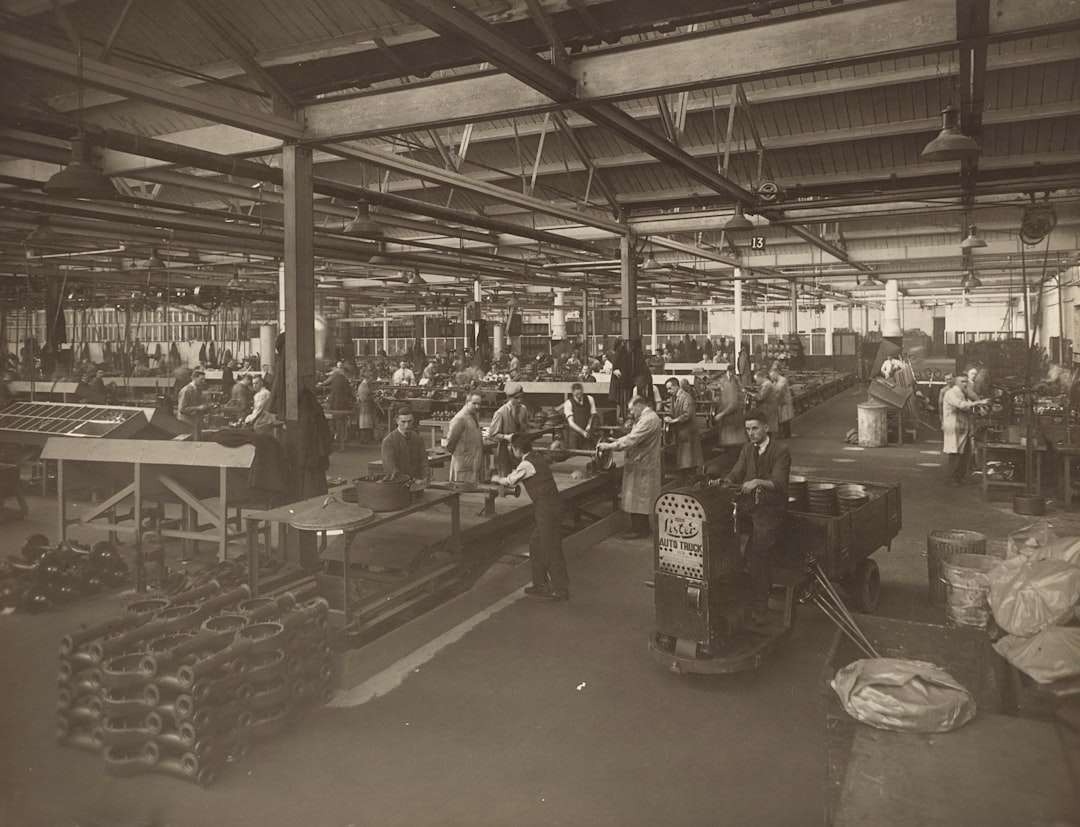In today’s competitive global market, maintaining high-quality products and efficient production processes is crucial for success. Implementing ISO-compliant systems offers a structured framework to achieve these goals, boosting productivity, reducing waste, and enhancing customer satisfaction. This comprehensive guide delves into the intricacies of ISO-compliant production processes, providing valuable insights for businesses of all sizes.
Understanding ISO Standards and Their Relevance to Production
ISO (International Organization for Standardization) develops and publishes international standards. Several ISO standards are directly relevant to production processes, with ISO 9001 (Quality Management Systems) being the most widely adopted. This standard provides a framework for establishing, implementing, maintaining, and continually improving a quality management system. Other relevant standards include ISO 14001 (Environmental Management Systems), focusing on minimizing environmental impact, and ISO 45001 (Occupational Health and Safety Management Systems), prioritizing employee well-being. Adherence to these standards demonstrates a commitment to excellence, attracting customers who value quality, sustainability, and ethical practices. The benefits extend beyond reputation; compliance often leads to reduced costs through improved efficiency and waste reduction.
Implementing a Robust Quality Management System (QMS)
The core of ISO-compliant production lies in a robust Quality Management System (QMS). This system involves defining clear processes, responsibilities, and procedures for every stage of production, from raw material procurement to final product delivery. A well-defined QMS includes:
- Process Mapping: Visually documenting each step of the production process to identify bottlenecks and areas for improvement.
- Documentation Control: Maintaining accurate and up-to-date records of all processes, procedures, and quality data.
- Internal Audits: Regularly assessing the effectiveness of the QMS through internal audits to identify non-conformities and areas needing attention.
- Corrective and Preventive Actions (CAPA): Implementing procedures to address identified non-conformities and prevent their recurrence.
- Management Review: Regularly reviewing the performance of the QMS to ensure its continued effectiveness and alignment with business objectives.
A strong QMS ensures consistent product quality and reduces the risk of defects, leading to increased customer satisfaction and reduced costs associated with rework and waste.
Integrating Lean Manufacturing Principles
Lean manufacturing principles, focusing on eliminating waste and maximizing efficiency, are highly compatible with ISO standards. Integrating lean methodologies into your production processes can significantly enhance your ISO compliance efforts. This involves techniques such as:
- Value Stream Mapping: Identifying and eliminating non-value-added steps in the production process.
- 5S Methodology: Organizing the workplace to improve efficiency and reduce waste (Sort, Set in Order, Shine, Standardize, Sustain).
- Kaizen (Continuous Improvement): Continuously seeking small improvements in processes to enhance efficiency and quality.
- Just-in-Time (JIT) Inventory: Minimizing inventory levels to reduce storage costs and waste.
By implementing lean principles, businesses can streamline their production processes, reduce costs, and improve overall efficiency, all of which contribute to a more robust and effective ISO-compliant system.
Ensuring Traceability and Product Identification
Maintaining complete traceability throughout the production process is crucial for ISO compliance. This involves accurately tracking and documenting all materials, processes, and personnel involved in the creation of each product. Effective traceability allows for:
- Rapid Identification of Defects: Quickly identifying the source of defects to facilitate corrective actions.
- Product Recalls: Efficiently managing product recalls by identifying and isolating affected products.
- Improved Quality Control: Monitoring production processes and identifying areas for improvement.
- Enhanced Customer Confidence: Demonstrating a commitment to quality and transparency.
Implementing barcoding, RFID tagging, or other tracking systems can significantly improve traceability and ensure compliance with ISO standards.
Continuous Improvement and the ISO Cycle
ISO compliance is not a one-time achievement but an ongoing process of continuous improvement. The Plan-Do-Check-Act (PDCA) cycle is central to this continuous improvement process. This cyclical approach involves:
- Plan: Identifying areas for improvement and developing plans to address them.
- Do: Implementing the planned changes.
- Check: Monitoring the results of the changes and evaluating their effectiveness.
- Act: Taking corrective actions based on the evaluation results and standardizing successful improvements.
By embracing the PDCA cycle, businesses can continuously refine their production processes, improve efficiency, enhance quality, and maintain compliance with ISO standards. Regular internal audits and management reviews are essential components of this continuous improvement loop.
Implementing ISO-compliant production processes requires a commitment to excellence and a structured approach. By carefully considering these key aspects, businesses can significantly improve their operational efficiency, enhance product quality, and build a strong reputation for reliability and customer satisfaction.
Tags: ISO compliance, production processes, quality management, ISO 9001, lean manufacturing




